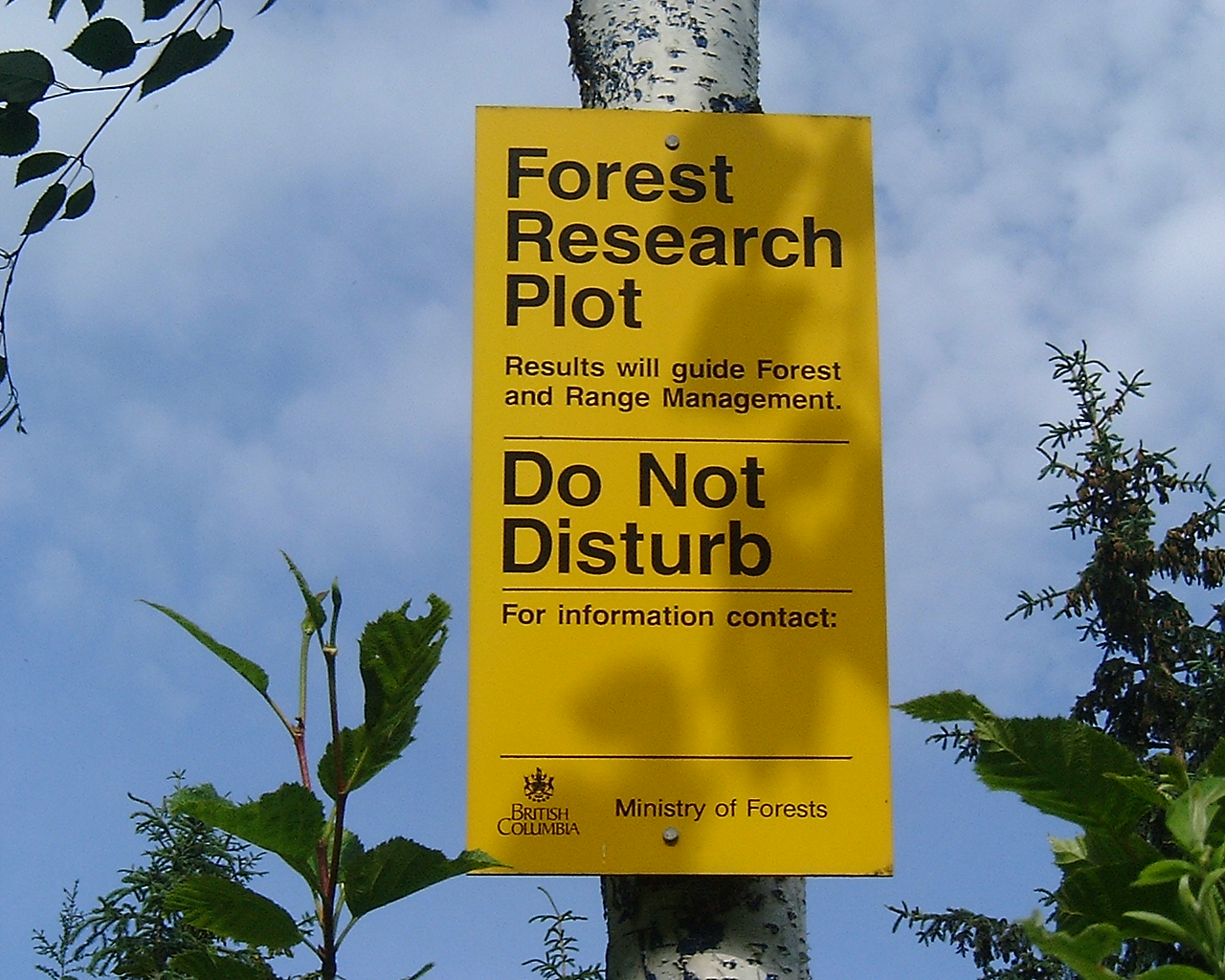Tree breeding and improvement
B.C. has tree breeding and improvement programs pursuing various goals, including improved planting stock for growth, forest health traits, adaptability to climate change and strategies to maintain genetic diversity.
On this page
Background
Tree improvement and research into genetic variability of coastal Douglas-fir started in the late 1950s with studies conducted by Dr. Allan Orr-Ewing, the first geneticist with the B.C. Forest Service, Research Division. His studies examined the effects of inbreeding and wide crossing between trees from distant populations.
Traditional recurrent selection programs were started later from intensive plus-tree selection throughout low elevation coastal B.C. The program expanded in 1968 with improvement programs starting in interior spruce.
Current tree breeding programs
In B.C. today, there are 50 breeding and improvement programs for different species and seed planning zone combinations. Each has a business plan and objectives that are evaluated annually by the Forest Genetics Council of B.C. The goal of these programs is to produce well-adapted, selectively bred seeds or cuttings that will grow into trees with stable and improved volume, growth and quality, while maintaining the genetic diversity found in natural populations.
Interior spruce, lodgepole pine, interior Douglas-fir, western larch, western white pine, and several broadleaf tree species are important ecological and economic components of B.C.’s interior forests. Today, interior spruce and lodgepole pine represent more than half of the seedlings planted annually in B.C., and they are highly valued for their wood quality compared to fast-grown plantation trees from elsewhere in the world.
Coastal Douglas-fir, western redcedar, yellow-cedar, western hemlock, western white pine, Sitka spruce, and a variety of broadleaved tree species are important components of coastal maritime and coast-interior transition forests. These species are highly valued for their growth rates and wood quality, generating commercial pressure on the resource.
Whether studying interior or coastal species, breeding programs are pursuing similar goals to:
- Address second-growth reforestation issues such as maladaptation and diversity of planting stock to achieve free-growing status faster with greater success
- Understand how to adapt forest management activities to climate change and evaluate the magnitude and implications of its risks for forests, such as drought and disease
- Respond to forest health risks such as the terminal weevil on spruce trees, white pine blister rust, mountain pine beetle, and root diseases
- Minimize losses of improved seed through seed and cone pest research and management
- Improve industry competitiveness by protecting reforestation investments and long-term gains in wood volume and quality

B.C. Forest Service genetics trial installation sign, which typically marks trials out in the field.
